I am have some difficulty with what is probably a very silly thing. I have an enemy gameobject that depending on where it is hit (collision) - either it, or the play dies. I think the simplest way to describe this is by using the classic Super Mario Bros. game as an example.
As you all know, if the player runs into the enemy - the player will lose - UNLESS he jumps on top of the enemy's head, in which case the enemy should die.

My initial idea was to create two colliders on the gameobject:
- Blue border represents a BoxCollider2D - that if collided with - will cause player to lose (notice it is slightly lower from the top)
- Green border represents a BoxCollider2D on a child gameobject - that if collided with - will cause the gameobject to die.
The following is a simplified version of the code I used:
// Collider #1
public void OnCollisionEnter2D(Collision2D collision)
{
// Trigger 'Game-Over' logic
}
// Collider #2
public void OnCollisionEnter2D(Collision2D collision)
{
if (collision.gameObject.tag == "Player")
{
Destroy(this.gameObject);
}
}
This kind-of works, however momentarily after colliding with Collider #1, Collider #2 is also trigger - and while the enemy is destroyed, the player also loses.
I have been playing with the RigidBody2D values to prevent the player from entering the 2nd collider when hitting the enemy from the top - but apparently with that force / speed, the colliders may be slightly inaccurate (or maybe I'm just doing it wrong?).
I have looked into RayCasts but this seems too complex for something that me appears rather trivial (casting rays on all four sides and four vertices of the player - assuming that the player has a box collider).
What I have resorted to 'for the moment' is a a single collider with a simple piece of code that I am unhappy with, and doesn't always work:
public void OnCollisionEnter2D(Collision2D collision)
{
if (collision.gameObject.tag == "Player")
{
float yVelocity = collision.gameObject.transform.rigidbody2D.velocity.y;
if (yVelocity < 0)
{
Debug.Log("Enemy will lose..." + yVelocity);
Destroy(this.gameObject);
}
else
{
// Trigger 'Game-Over' logic
}
}
}
I'm currently working in 2D mode, but solutions for 3D mode (while maybe more complicated than necessary for my question) will also be considered.
Thanks guys.